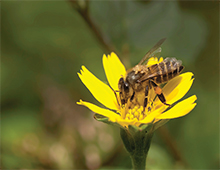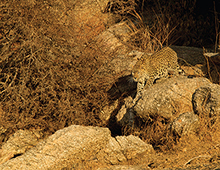 What got you interested in photography initially, and how did you decide to make it your career?
What got you interested in photography initially, and how did you decide to make it your career?
I am basically a software engineer-turnedentrepreneur now looking after my family business of Shipping & Logistics. But for me, wildlife photography, and capturing God’s beautiful creations through my camera, is a serious Passion that keeps me alive in the true sense of the word. Since my childhood, I had always been interested in pets/animals, and about a decade ago, I started rescuing snakes in my locality. I eventually started photographing them, and slowly the inclination to capture images spread to all other flora & fauna too.
Why did you choose to opt for wildlife photography as a specialty?
Somehow, I find wildlife photography the most challenging genre of photography, because unlike other genres, here you cannot setup a shot/a particular moment. You can only dream it or imagine it, and hope you’re lucky enough to capture it. I like the unpredictability present in wildlife photography; it requires loads of patience, and amply rewards you for the same. Mother Nature has so much to offer that you could visit your nearest forest/park umpteen times, and every time it’s a new experience all over again. No matter how tired you get, shooting in the wild is always a very satisfying & refreshing experience.
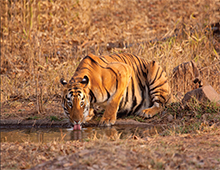
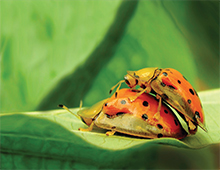 All of your photographs feature exquisite detail and composition. What is the process behind the visualization and creation of these beautiful images?
All of your photographs feature exquisite detail and composition. What is the process behind the visualization and creation of these beautiful images?
It is good to know that people think my images are worthy of such praise, but frankly speaking there is nothing special involved in making my images. There are just three things I strive to achieve, like all photographers: the right angle, the right light, and good composition in the field itself.
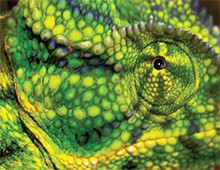
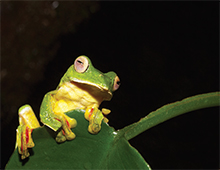 Some of the images you’ve captured have been taken with pointand-shoot cameras, and have still achieved great recognition. In the debate of technique vs. equipment, which do you personally value more, and why?
Some of the images you’ve captured have been taken with pointand-shoot cameras, and have still achieved great recognition. In the debate of technique vs. equipment, which do you personally value more, and why?
I started photographing macros, snakes especially, with the first camera I bought with my own salary, the SONY DSC P200. The images that I have clicked with that camera have been printed at 8”x12” sizes and displayed at a few exhibitions without any problems. It’s just about getting the technique right. Go down to the level of your subject, go as close as possible without using any digital zoom, and get your angle right. With these simple guidelines, even Point-&-shoot/Prosumer Cameras can give you fantastic results, especially in macros. Yes, you may be restricted in many aspects and lack of a decent zoom lens might be a slight handicap, but people should learn to respect their existing equipment and make good images with whatever they have instead of cribbing about their equipment. Some of the best international wildlife photographers do not use zoom lenses, but wide-angle lenses, for their amazing award-winning shots.
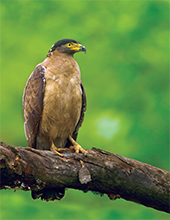
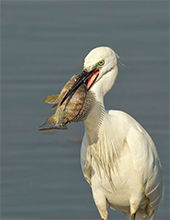 Wildlife photography is by no means an easy task, yet an amazingly large number of photographers in India choose to pursue it as a career. What is your opinion on the reason behind this, and what would you say to encourage amateurs looking to begin in this field?
Wildlife photography is by no means an easy task, yet an amazingly large number of photographers in India choose to pursue it as a career. What is your opinion on the reason behind this, and what would you say to encourage amateurs looking to begin in this field?
In fact, I believe that wildlife as a career is a fairly new concept in the Indian scenario. I believe that all the Indian wildlife photographers are just a bunch of people who are seriously passionate about wildlife, and capturing enticing moments in Nature. But with changing times, and the opportunities that so many wildlife magazines are offering, wildlife photography as a fullfledged career is now an option. It might be a struggle financially in the initial stages, but it is a very soulsatisfying & rewarding pursuit ultimately.
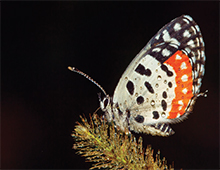
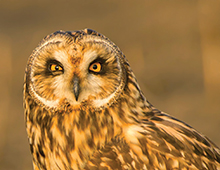 The debate over editing and retouching of images is ever-present. What is your opinion about digital manipulation of images for aesthetic purposes, especially when adding dramatic effect to wildlife photography?
The debate over editing and retouching of images is ever-present. What is your opinion about digital manipulation of images for aesthetic purposes, especially when adding dramatic effect to wildlife photography?
In this debate, I am always in favour of editing/postprocessing your images. It is the same process that was followed earlier in the film era, so why brand it wrong now? It goes without saying that you have to compose and frame your images right in the field itself. But you can always enhance your images a little bit by post-processing.
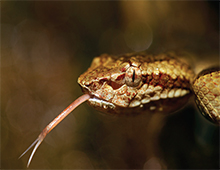
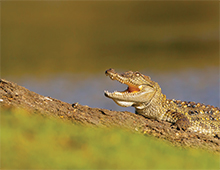 There is a thin line that you shouldn’t cross when editing your images. It should never seem unrealistic or over-processed to your viewers, and anyway, nowadays most of the photography websites define the limitations to the amount of editing/processing that you can do to your images. But in wildlife, it’s best to keep the images as natural (close to the original) as possible. Personally, I’m not a big fan of added dramatic effects/partial B&W, effects, etc. According to me, that’s for the Media/ Advertising guys,, not for wildlife photographers.
There is a thin line that you shouldn’t cross when editing your images. It should never seem unrealistic or over-processed to your viewers, and anyway, nowadays most of the photography websites define the limitations to the amount of editing/processing that you can do to your images. But in wildlife, it’s best to keep the images as natural (close to the original) as possible. Personally, I’m not a big fan of added dramatic effects/partial B&W, effects, etc. According to me, that’s for the Media/ Advertising guys,, not for wildlife photographers.
Spandan Sharma
